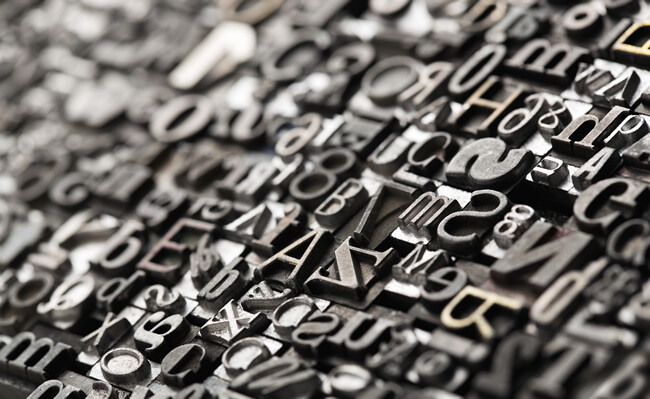Common printing terms such as digital printing, screen printing, laser printing etc. are familiar to many people without actually knowing what they mean or involve. There are many different types of printing and functions, each with their own intricacies and specific purpose. Digital Printing is an example, a professional print companies use to mass produce marketing materials including business cards, wedding stationery, business stationery, funeral stationery, booklets or leaflets, using a variety of heavy-duty printing machines.
The Different Types Of Printing Services
Letterpress Printing
This is a technique of relief printing where multiple copies are produced. The process involves repeated direct impression of an inked, raised surface against continuous rolls or sheets of paper. The impression is created when the ink from the type is transferred and pressed into the paper after being firstly composed then locked into the bed/chase of a press.
The finished product will depend on the variety of printed matter that is produced but the completed sheets are taken to dry before finishing. For example, sheets for books are sent for bookbinding whereas newspapers are taken to a folding machine.
Lithographic Printing
Lithography uses the immiscible features of water and grease in a planographic printing process. The lithographic process differs for commercial printing (using a metal plate typically 0.30mm thick) or fine art-making (special press) where the flat printing surface holds a grease-treated image and has ink applied to it. Moisture is held within the blank areas which repel the lithographic ink.
Modern rotary offset pressing can produce high-quality lithographic printing at high speed resulting in finely detailed impressions. It is by far the leading publishing, printing and packaging process carried out today and can reproduce any material in the plate making process that can be photographed.
Hot Foiling
Hot foil printing is a straightforward mix of three key components; heat, pressure and the correct foil for the task at hand. Getting any of these elements wrong, will result in a poor low-quality print and a disappointing finish. Without realising, most people are in contact with hot foil every day. The leaflets advertising this, that and the other posted through your door, the hairbrush you used this morning, basic packaging and the covers of all your favourite glossy magazines all have encompassed hot foiling.
The process begins when a hot foil die is attached to the machine and warmed. The foil is then placed between the die and the substrate ready to be printed. Finally, with the application of pressure by pulling the handle of the machine to bring the two briefly together to adhere the foil to the substrate, you reach completion. The foil has an adhesive on the back as an extra measure which is activated by the heat to form a permanent bond to the substrate.
Embossing
Techniques that result in a raised design on a surface can be described using the term, embossing. These are effective design features that are often created in a subtle form by paper crafters who use different techniques to achieve this effect on cardstock or paper.
Whichever technique is used, the embossed effect is relatively easy to achieve and is becoming increasingly popular. The end design can be significantly emphasised and advanced if desired by rubbing colourants like chalk or ink into the surface.
Modern Digital Print
Despite offset printing still producing results in marginally improved prints, digital methods are being transformed at an alarming rate to improve quality and reduce costs.
State of the art printing methods such as laser and ink-jet printing are known as digital printing. Digital printing consists of an image being sent directly to the printer using digital files such as PDFs and those from various graphics software leaders. This eliminates the need for printing plates, commonly used in offset printing, which can save both finances and precious time.
Final Printing Thoughts
To achieve any level of printing and make it unique to its counterparts it needs to contain productively differential features that set it apart. The end result is often very specific with individualistic specifications which we have explored in detail with the various different types in the above article.
At SJ Print we offer each of the above different printing types of printing to produce high-quality products for our customers, such as Business Cards & Stationery, Wedding Stationery, plus Christening & Funeral Stationery products. Check out our new post about the advantages of digital printing too! For more details, please contact us on 01908 508524.

